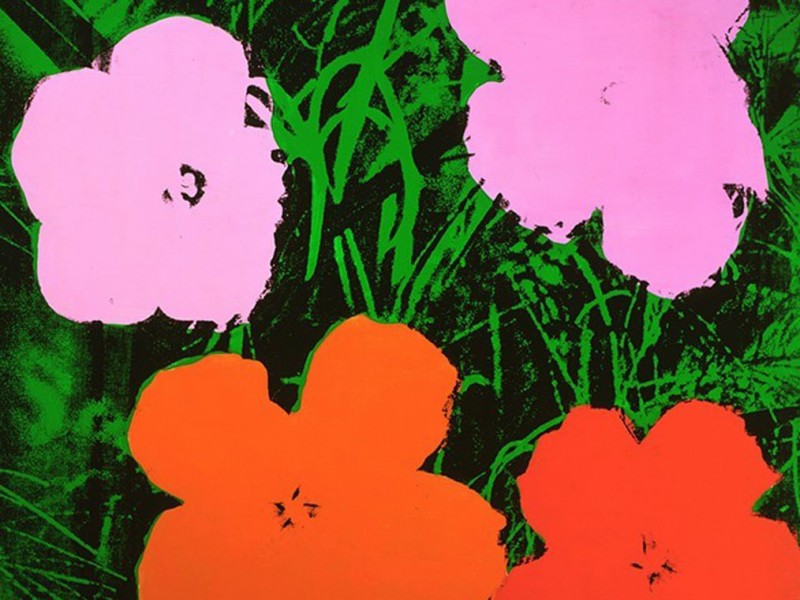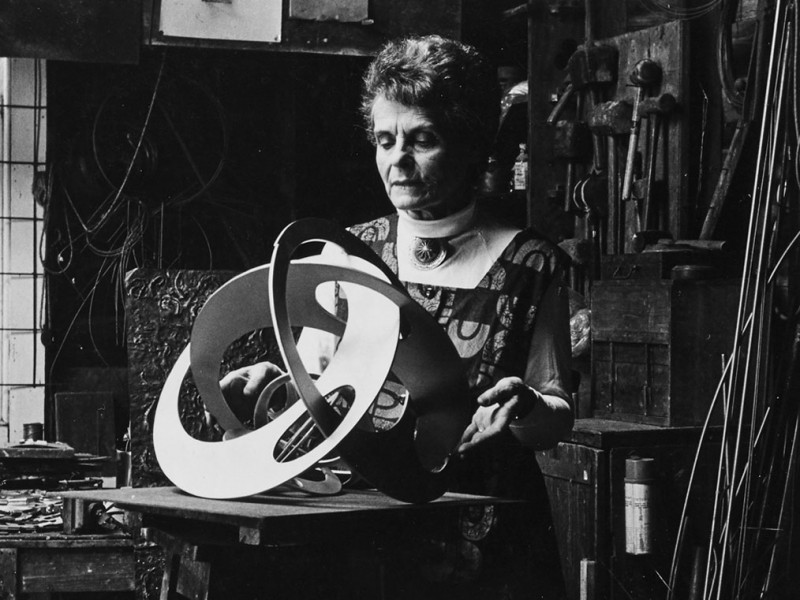The Museum of Modern Art has announced Shigeko Kubota: Liquid Reality, will be on view from August 21, 2021, through January 1, 2022. Likening video technology to a “new paintbrush,” New York–based Shigeko Kubota (Japanese, 1937–2015) was one of the first artists to commit to the video medium in the early 1970s. Though formally trained as a sculptor, Kubota’s varied accomplishments as an artist, collaborator, curator, and critic helped to shape a pivotal period in the evolution of video as an art form. Shigeko Kubota: Liquid Reality is organized by Erica Papernik-Shimizu, Associate Curator, with the support of Veronika Molnar, Intern, Department of Media and Performance.
After making an indelible mark on the Fluxus movement in the mid-1960s, Kubota was drawn to the freedom created by newly available portable video equipment, which allowed artists to view what they were recording in real time. Kubota embarked on her signature “video diaries,” which reflected on journeys both personal and artistic, combining documentary footage with early video processing effects. The artist vividly described video-making as an intensely physical practice, with the weight of the Sony Portapak leaving traces on her body. In parallel, she translated this corporeality into a unique form of video sculpture: she extended her otherworldly portraits and landscapes into three-dimensional forms made from plywood, often incorporating mirrors and, later, sheet metal and flowing water.
By combining “the energy of electrons” with these raw materials, Kubota proposed a life for video beyond the constraints of the “TV box.” The first solo presentation of the artist’s work at a US museum in 25 years, this exhibition focuses on a body of work whose resonances are particularly poignant amid the digitally interconnected world of today. Associate Curator Erica Papernik-Shimizu explains, “Kubota’s ‘liquid reality’ positions video as both a total liberation from precedent and a way of life. Her visionary sculptures, through poetic contradictions and an economy of means, masterfully combine a bold interrogation of her own identity with prescient investigations of technology itself.”
MoMA’s presentation takes its name from Kubota’s observation that, “[In] video’s reality, infinite variation becomes possible...freedom to dissolve, reconstruct, mutate all forms, shape, color, location, speed, scale...liquid reality.” Featuring works from MoMA’s collection and key loans from the Shigeko Kubota Video Art Foundation, this exhibition highlights six intrepid works from a critical decade between 1976 and 1985, during which Kubota pivoted from her sculptural reinterpretations of works by artist Marcel Duchamp to her “autobiographical objects.”
In Gallery 414, Kubota’s Duchampiana: Nude Descending a Staircase (1976), which was the first work combining video and sculpture to enter the Museum’s collection, in 1981, is presented alongside Three Mountains (1976–79), which draws on the artist’s time spent in the deserts of the American Southwest, and the recently acquired Berlin Diary: Thanks to My Ancestors (1981), a “living altar” that illuminates the names of her ancestors with the electronic glow of the monitor screen. These works are paired with Kubota’s early single-channel video Self-Portrait (c. 1970–71)—made using the newly invented Paik/Abe Video Synthesizer—underscoring her search a new visual language with which to examine not only the video medium, but the world and her place in it.
The 25-foot-high Kravis Studio will feature three works, characterized by suspension and reflection, that draw parallels between nature, technology, and time. River (1979–81), in which three monitors are suspended above intermittently undulating water, likens video transmissions to the reflective properties of water. Niagara Falls I (1985) is a relief made of plywood and mirrors that is suggestive of a waterfall, with cascading movement conveyed by ten screens of varying sizes. By contrast, Video Haiku (1981) simulates a pool of water with a mirror sculpture that reflects live video images—captured through a CCTV camera—on a spherical monitor screen, which swings back and forth like a pendulum, layering and distorting reflections of the work’s environment and its viewers.
For more visit: moma.org
Related Features
-
1050
-
-
-

